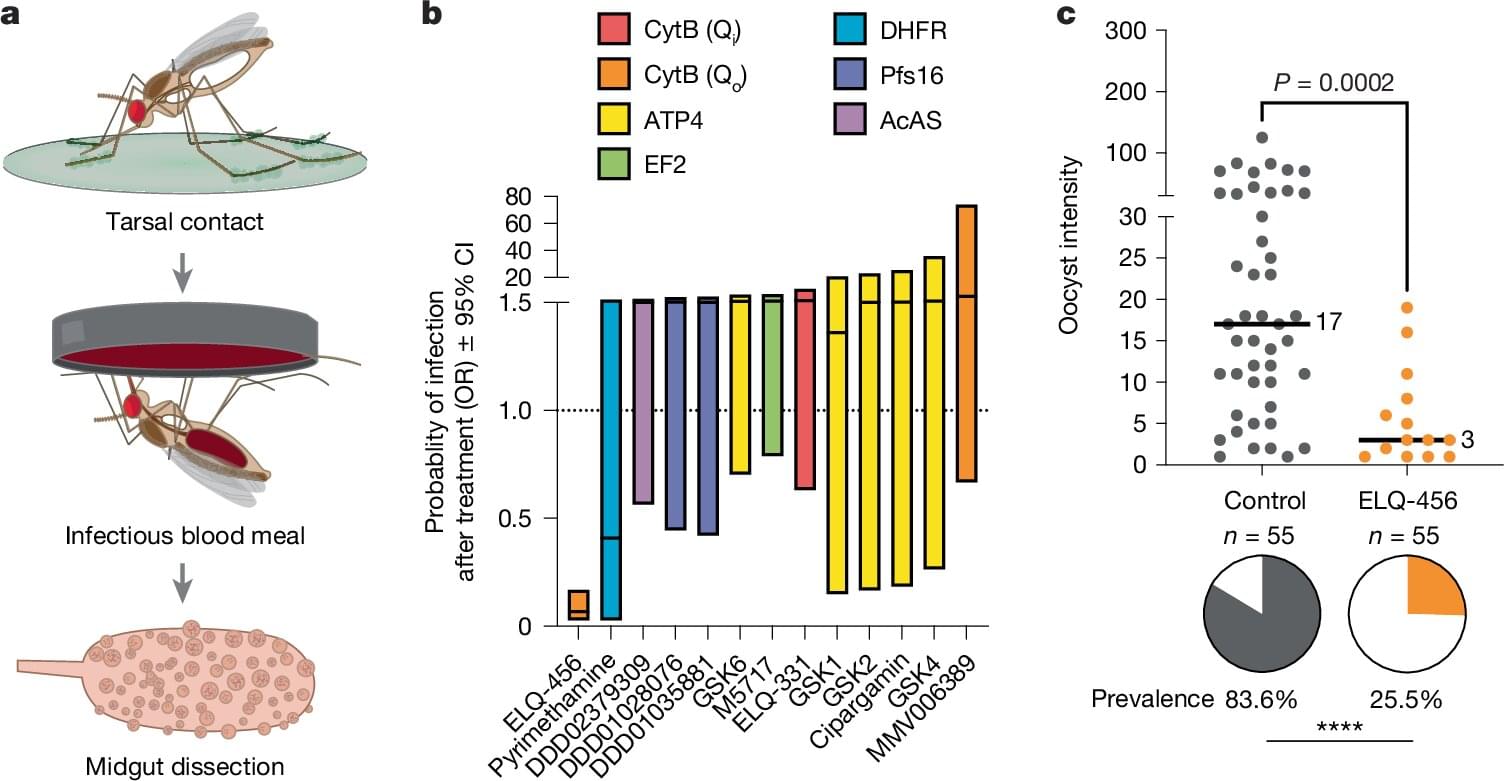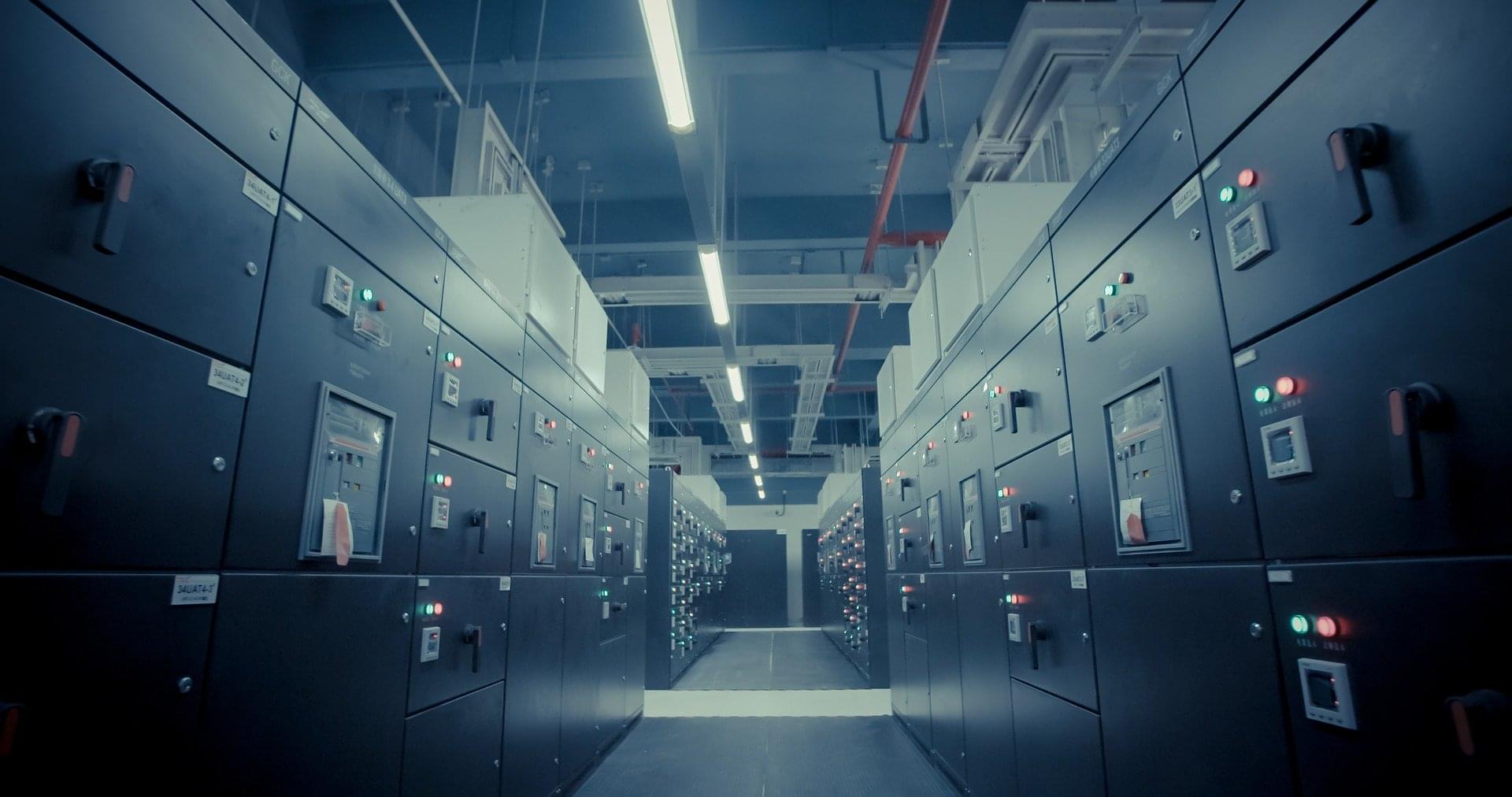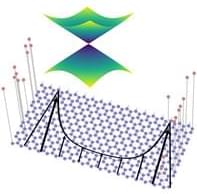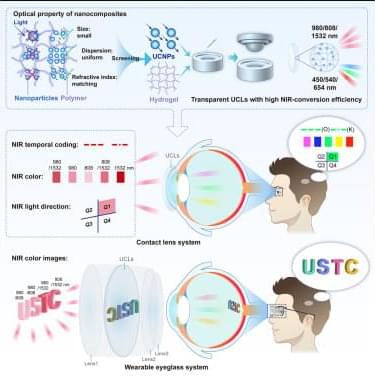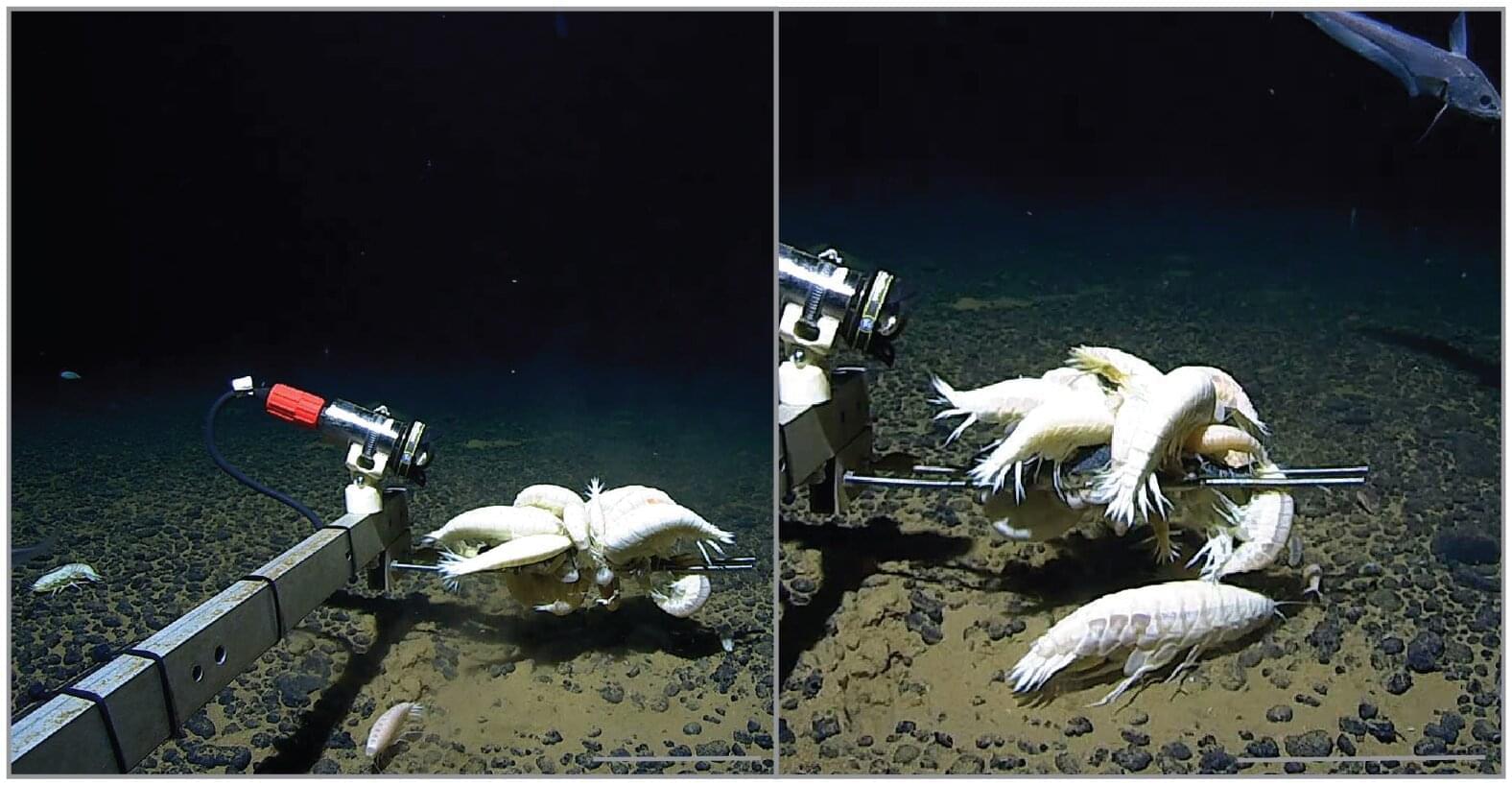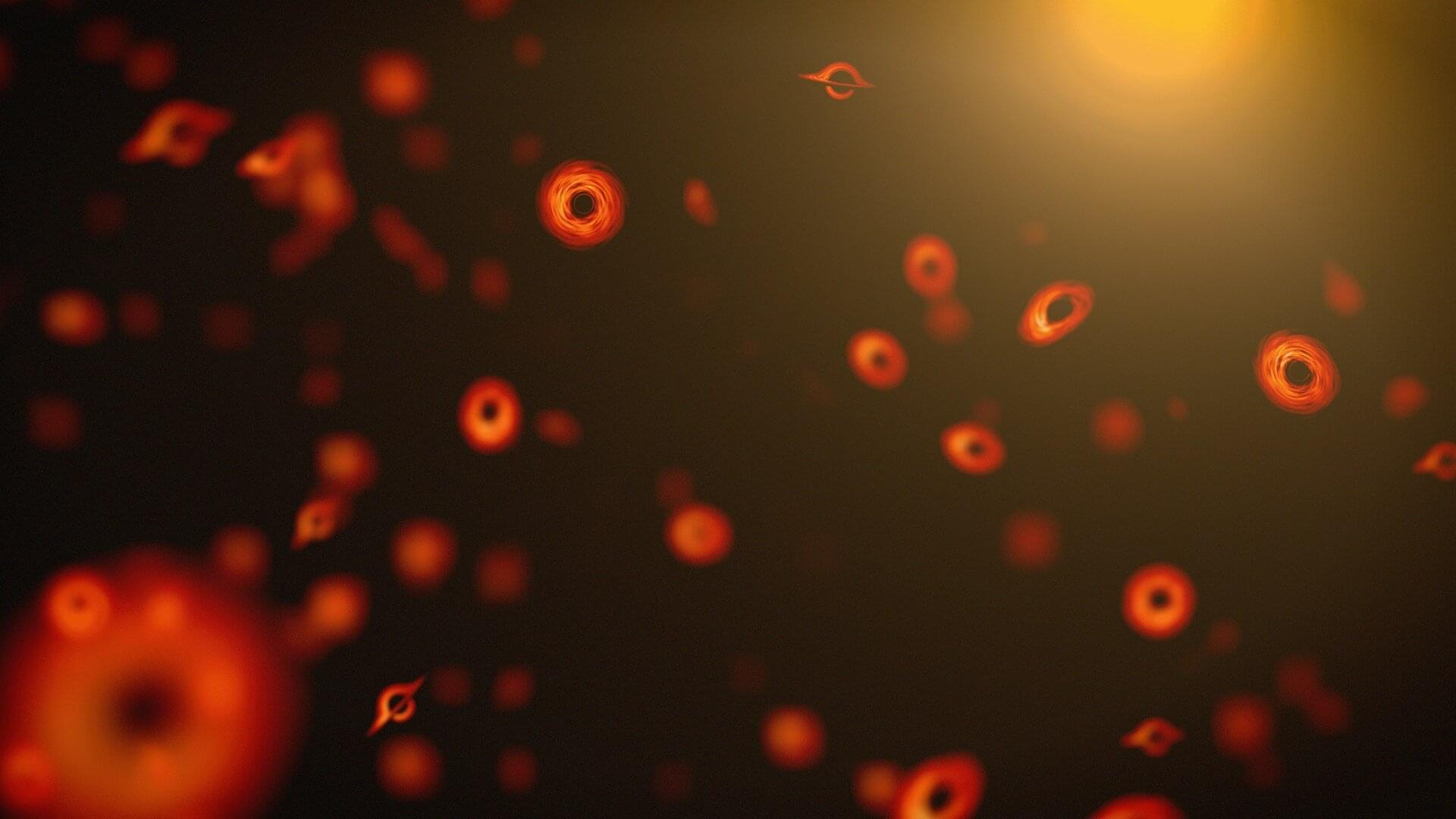Visual Features enable Zero-shot Planning
Researchers have identified a type of chemical compound that, when applied to insecticide-treated bed nets, appears to kill the malaria-causing parasite in mosquitoes.
Published in the journal Nature, the multi-site collaborative study represents a breakthrough for a disease that continues to claim more than half a million lives worldwide every year. A lab at Oregon Health & Science University played a key role, and the National Institute of Allergy and Infectious Diseases, of the National Institutes of Health, supported the research.
Michael Riscoe, Ph.D., professor of molecular microbiology and immunology in the OHSU School of Medicine, designed and synthesized the anti-malarial drugs, termed ELQs, that were then screened in the lab of Flaminia Catteruccia, Ph.D., the study’s senior author and Irene Heinz Given Professor of Immunology and Infectious Diseases at the Harvard T.H. Chan School of Public Health.
Alex de Vries-Gao, a PhD candidate at VU Amsterdam Institute for Environmental Studies, has published an opinion piece about the results of a simple study he conducted involving the possible amount of electricity used by AI companies to generate answers to user queries. In his paper published in the journal Joule, he describes how he calculated past and current global electricity usage by AI data centers and how he made estimates regarding the future.
Recently, the International Energy Agency reported that data centers were responsible for up to 1.5% of global energy use in 2024—a number that is rising rapidly. Data centers are used for more things than crunching AI queries, as de Vries-Gao notes. They are also used to process and store cloud data, notably as part of bitcoin mining.
Over the past few years, AI makers have acknowledged that running LLMs such as ChatGPT takes a lot of computing power. So much so, that some of them have begun to generate their own electricity to ensure their needs are met. Over the past year, as de Vries-Gao notes, AI makers have become less forthcoming with details regarding energy use. Because of that, he set about making some estimates of his own.
A quantum Monte Carlo calculation shows that the hydrodynamic behavior of the charge current at graphene’s charge neutrality point can emerge despite the absence of momentum flow.
Based on the principle of refractive index matching, highly transparent upconversion contact lenses (UCLs) with a high concentration of upconversion nanoparticles (UCNPs) were developed. These lenses efficiently convert multispectral near-infrared (NIR) light into the three primary visible colors, enabling humans to acquire wearable NIR color vision.
A tech experiment replaced every employee with AI agents in a simulated company. What unfolded inside the digital office surprised even the researchers. The real story goes far beyond the hype.
A new model of quark–gluon plasma finds that the strong force was more potent in the early Universe than previously thought.
Alicella gigantea, a rarely sighted giant crustacean that inhabits the depths of the ocean and can reach up to 34 cm in length, is not rare after all. This species, though elusive, is one of the most widely distributed species of its kind, inhabiting and thriving in more than half of the world’s oceans across the globe, as per a recent Royal Society Open Science paper by researchers from the University of Western Australia.
Amphipods like A. gigantea are shrimp-like crustaceans known for their narrow frames and a signature hump-backed curl in their posture. Found in nearly every aquatic habitat on Earth, amphipods are one of the most diverse crustacean orders, with over 10,000 known species. They roam the deep sea, from the abyssal depths (3,000–6,000 m) to beyond hadal zones (6,000 m), but their number significantly decreases as we dive deeper towards the ocean bed.
The first sighting of a 28 cm-long A. gigantea was captured on camera at a depth of 5,304 meters in the abyssal North Pacific, though its identity remained unknown at the time. Subsequent captures eventually confirmed the species as A. gigantea.
Besides particles like sterile neutrinos, axions and weakly interacting massive particles (WIMPs), a leading candidate for the cold dark matter of the universe are primordial black holes—black holes created from extremely dense conglomerations of subatomic particles in the first seconds after the Big Bang.
Primordial black holes (PBHs) are classically stable, but as shown by Stephen Hawking in 1975, they can evaporate via quantum effects, radiating nearly like a blackbody. Thus, they have a lifetime; it’s proportional to the cube of their initial mass. As it’s been 13.8 billion years since the Big Bang, only PBHs with an initial mass of a trillion kilograms or more should have survived to today.
However, it has been suggested that the lifetime of a black hole might be considerably longer than Hawking’s prediction due to the memory burden effect, where the load of information carried by a black hole stabilizes it against evaporation.
More than ten years ago, researchers at Rice University led by materials scientist Boris Yakobson predicted that boron atoms would cling too tightly to copper to form borophene, a flexible, metallic two-dimensional material with potential across electronics, energy and catalysis. Now, new research shows that prediction holds up, but not in the way anyone expected.
Unlike systems such as graphene on copper, where atoms may diffuse into the substrate without forming a distinct alloy, the boron atoms in this case formed a defined 2D copper boride ⎯ a new compound with a distinct atomic structure. The finding, published in Science Advances by researchers from Rice and Northwestern University, sets the stage for further exploration of a relatively untapped class of 2D materials.
“Borophene is still a material at the brink of existence, and that makes any new fact about it important by pushing the envelope of our knowledge in materials, physics and electronics,” said Yakobson, Rice’s Karl F. Hasselmann Professor of Engineering and professor of materials science and nanoengineering and chemistry. “Our very first theoretical analysis warned that on copper, boron would bond too strongly. Now, more than a decade later, it turns out we were right ⎯ and the result is not borophene, but something else entirely.”

